Buy Opal
Showing all 24 results
-
Sale!

Welo Opal Briolette 15.89 ct
€790,00 Tax included
Includes 20% Taxplus shippingView product -
Sale!

Yowah Opal Nut 9.12 ct
€1.550,00 Tax included
Includes 20% Taxplus shippingView product -
Sale!
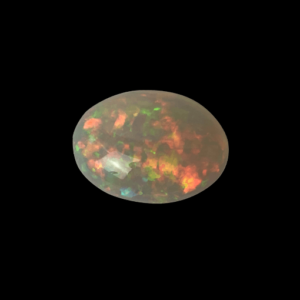
Welo opal 12.17 ct
€3.120,00 Tax included
Includes 20% Taxplus shippingView product -
Sale!

Black opal 4.65 ct
€1.360,00 Tax included
Includes 20% Taxplus shippingView product -
Sale!

Black opal 8.33 ct
€3.450,00 Tax included
Includes 20% Taxplus shippingView product -
Sale!
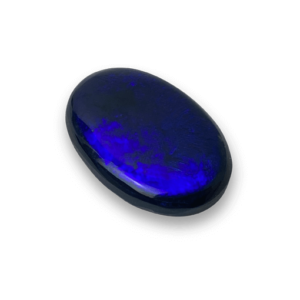
Black opal 10.69 ct
€3.850,00 Tax included
Includes 20% Taxplus shippingView product -
Sale!

Dark Opal 5.22 ct
€3.040,00 Tax included
Includes 20% Taxplus shippingView product -
Sale!
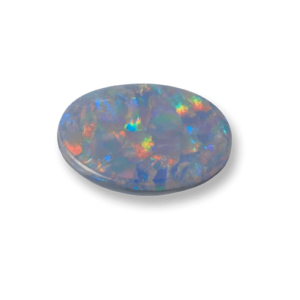
Dark Opal 11.91 ct
€4.560,00 Tax included
Includes 20% Taxplus shippingView product -
Sale!

White Opal 4.85 ct
€695,00 Tax included
Includes 20% Taxplus shippingView product -
Sale!

Crystal Opal 14.03 ct
€3.520,00 Tax included
Includes 20% Taxplus shippingView product -
Sale!
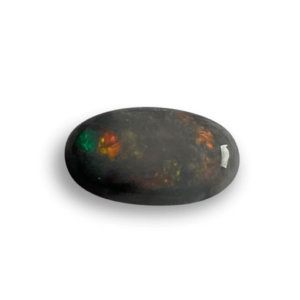
Black opal 1.10 ct
€520,00 Tax included
Includes 20% Taxplus shippingView product -
Sale!
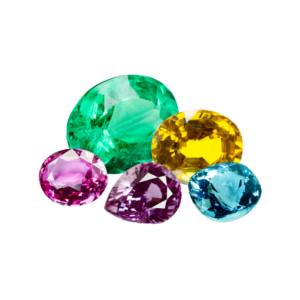
Find my gem 0.5-50 ct
€500,00 Tax included
Includes 20% Taxplus shippingView product -
Sale!

Boulder Opal 4.89 ct
€290,00 Tax included
Includes 20% Taxplus shippingView product -
Sale!

Boulder opal 14.59 ct
€390,00 Tax included
Includes 20% Taxplus shippingView product -
Sale!

Australian boulder opal 20 ct
€3.800,00 Tax included
Includes 20% Taxplus shippingView product
Opal – colorful like a rainbow
Mostly its colors are the reason for the decision to buy an opal. This colorful shimmer cannot be found in any other gemstone and is also known as “opalizing”. There are some legends about this colorful gemstone:
For the native people of Australia, these stones are symbols of creation. They believed the Creator came to earth on a rainbow. He left the opals where he first touched the ground with his feet. According to an Arabic legend, the opals fell from the sky in lightning bolts.
The Roman scholar Pliny was also fascinated by opals. He compared them to volcanoes and vivid paintings and spoke of a “dancing game of rainbow colors”. For him, opals simulated everyone else’s colors Gemstone .
From this idea, the belief arose in the Middle Ages that the opal would also combine the forces of every gemstone whose colors it shows. That made it a coveted gemstone until a book changed the positive view of the opal.
The book “Anne of Geierstein” was written in 1829 by Sir Walter Scott. It’s about an enchanted princess wearing an opal. The opal adapts its colors to their mood until holy water nullifies this effect. Soon afterwards the princess died. A year after the book was published, opal sales in Europe were down 50 percent.
As early as 1850, the opal gained an upswing again. Large deposits of opals were discovered in Australia that year. Since then, 95% of the world’s opal supply has been mined there.
The name Opal: from “precious stone jewel” to “see color change”
The origin of the name Opal has already been discussed in the past. According to a lexicon entry from 1740, the name comes from the Greco-Latin word “oculus”, for eye. This origin was explained by the belief that the stone should sharpen the eyes. About a hundred years later, the geologist and mineralogist Gustav Leonhard claimed that the name came from the Indian-speaking area and meant “precious stone jewel”.
Still other sources claim that the name opal comes from the Greek word opallios, which means “to see a change in color”.
The play of colors and the value of opals
The opals include the black opal , the Fire opal , the white opal and the Boulder opal .
Opals that have the characteristic play of colors are called “ Precious opal ” designated. Opals without the play of colors, on the other hand, are “common opals”. A colorful play of colors makes the opal worth visiting, but the play of colors alone is not decisive for the price. Opal supplies in Australia are declining, which is causing the price of these stones to rise.
Even if its play of colors makes it a popular gemstone, the opal belongs in comparison to classics like this emerald , ruby or sapphire , to the cheaper gemstones.
Use: colorful jewelry
The play of colors in the colors of the rainbow makes the opal a popular stone for jewelry of all kinds, from rings to bracelets to earrings and necklaces.
If you have an opal from the IGNEOUS gemstone shop want to give away, you can have the goldsmith transform the stone into an individual piece of jewelry. Opals are set in white, red, yellow gold or silver. By choosing the right metal, certain colors in the opal can be highlighted. If you want to admire the play of colors of the opal for a long time, you should take good care of the stone and protect it from sunlight.
The opals are particularly suitable for birthday presents in October: the colored stones are loud American Gem Society the birthstones of October. Opals are often given away as lucky charms all year round.
Origin & mining sites: Opals come mostly from Australia
Most of the opals come from Australia. The world’s largest and most valuable opal was also found there. Since the Olympic Games took place in Melbourne in the same year (1956), the stone was christened “Olympic Australis”. The stone weighs 17,000 carats and is almost 30 cm long. In 2005 it was valued at $ 2.5 million.
In addition to the legend of the Aborigines (which says that the stone was deposited by the creator), there is now a scientific explanation for its origin: The dry outback was soaked through the seasonal rains. As a result, silica deposits found their way underground into cracks between the rock layers. As soon as the water evaporated, it became opal. When the opals formed around wood, seashells, and skeletons, opalized fossils were created.
Opals are also mined in Ethiopia, Brazil, Honduras, Mexico, the Czech Republic and parts of the USA (including Idaho and Nevada).
The properties of the opal
Due to a relatively high water content and hardness of 5.5 to 6 on the Mohs hardness scale, the opal is a comparatively sensitive gemstone. Nevertheless, it is suitable for the production of any kind of jewelry. However, this stone should be protected from extreme temperatures and direct light exposure.
Opals and the cabochon cut
The colors and the opalization are best accentuated by smooth cuts such as the cabochon. They are usually ground oval, triangular, teardrop-shaped or round. Free forms also occur.






